When you board a flight, you virtually always enter through the galley. This is usually located at the passenger doors and runs across the aircraft. There is a variation that was once seen on some Boeing 747s, which were referred to as longitudinal galleys.
The width of the jumbo jet meant you could have a galley that ran parallel to the side of the plane. That probably made for a very spacious working environment for the crew.
Longitudinal Galleys on the 747SP
Shorter than the standard aircraft, the Boeing 747SP was designed for ultra long range flights, entering service with Pan Am on 25 April 1976. This is where we find our first longitudinal galleys, which appear as far back as 1973 on the planned interior configuration.
The Boeing 747-400 Had These Too!
Thai Airways (see the image at the top of this article), KLM and Garuda elected to have longitudinal galleys on their Boeing 747-400 aircraft. These were located in the same place as on the 747SP, the B cabin between doors 2 and 3.
Overall Thoughts
Well, now you know all about longitudinal galleys. With most Boeing 747s having been retired, you probably won’t ever be able to see one when you’re flying next.
Still, it’s nice to know they existed. I do wonder what the benefits were using this type of arrangement over a traditional galley layout on board an aircraft. Anyone know?
Have you ever worked in one of these galleys or seen one inflight? Thank you for reading and if you have any comments or questions, please leave them below.
Like planes? See my “Does anyone remember” series.
Flight reviews your thing? Mine are all indexed here.
Follow me on Facebook, Twitter and Instagram.
Featured image by Fabian Gysel on Airliners.net.
1973 Pan Am interior arrangement via wernerga3 on Airliners.net.
Pan Am 1977 Annual Report image via Pan Am Museum Foundation on Facebook.
Iran Air Boeing 747SP by Sam Chui on Airliners.net.
KLM 747-400 galley by Sam Chui.
Garuda 747-400 B Cabin Wall by Sam Chui on Airliners.net.

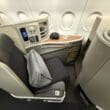
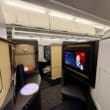
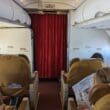
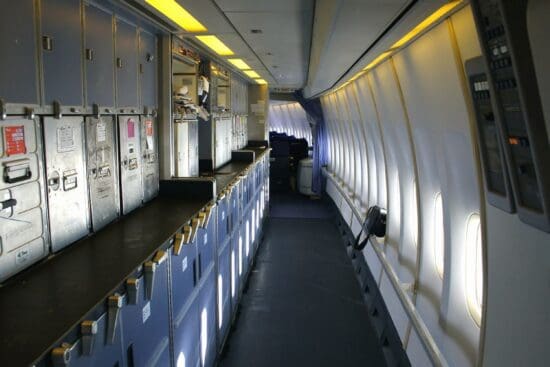

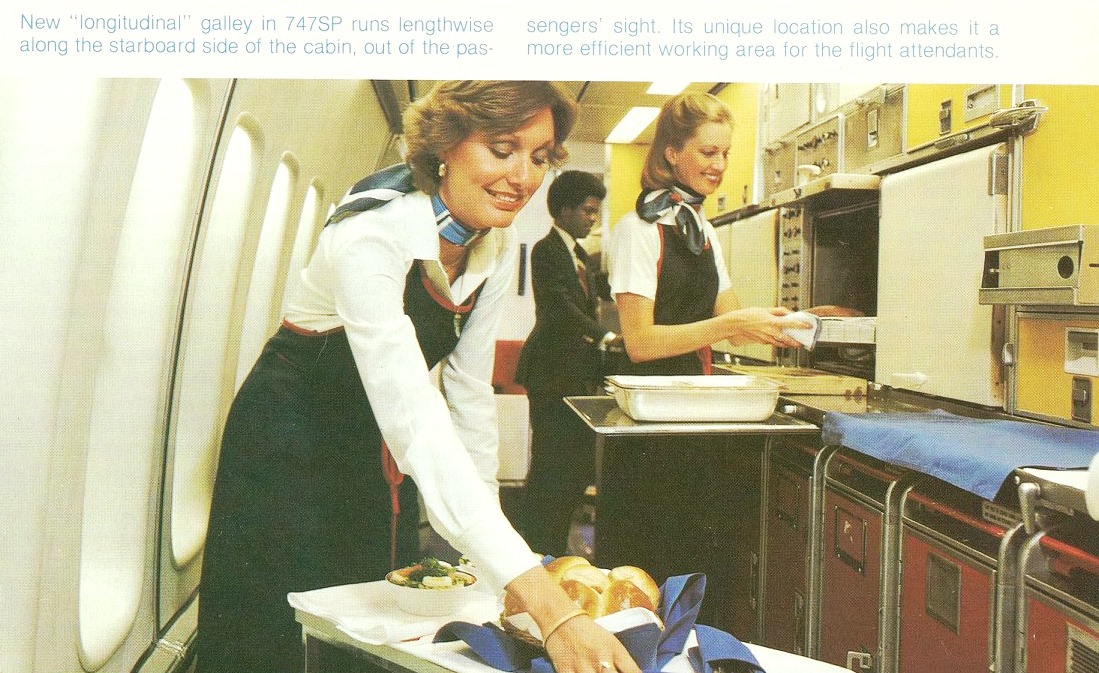
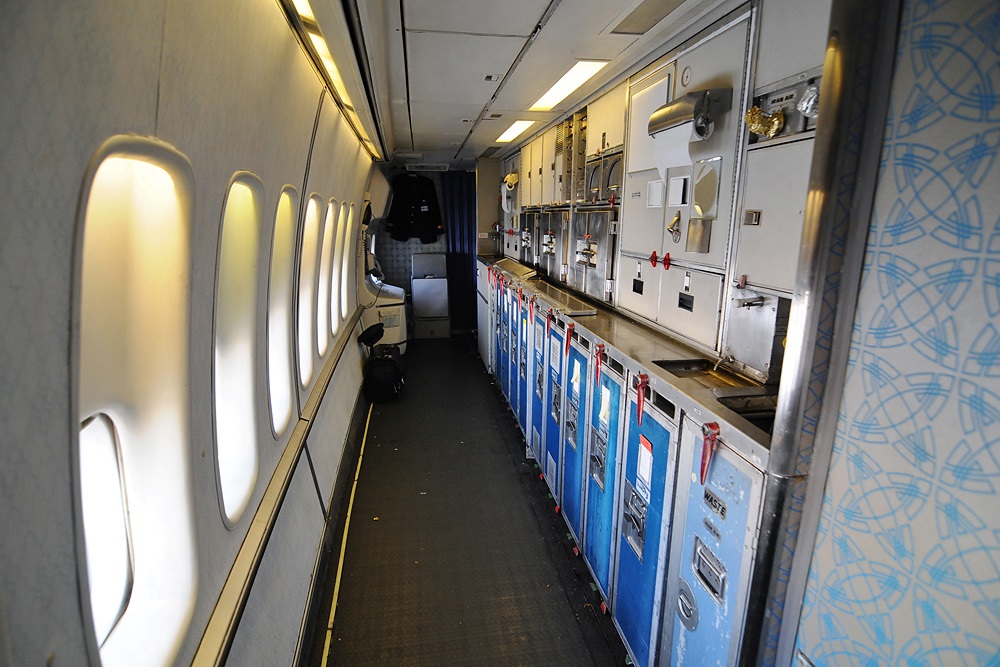
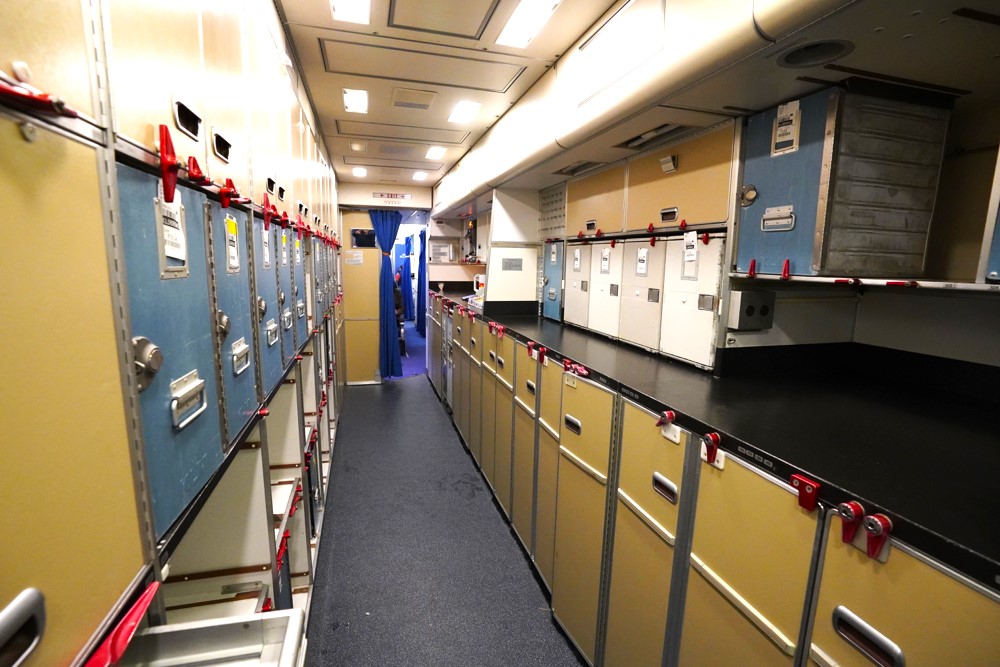
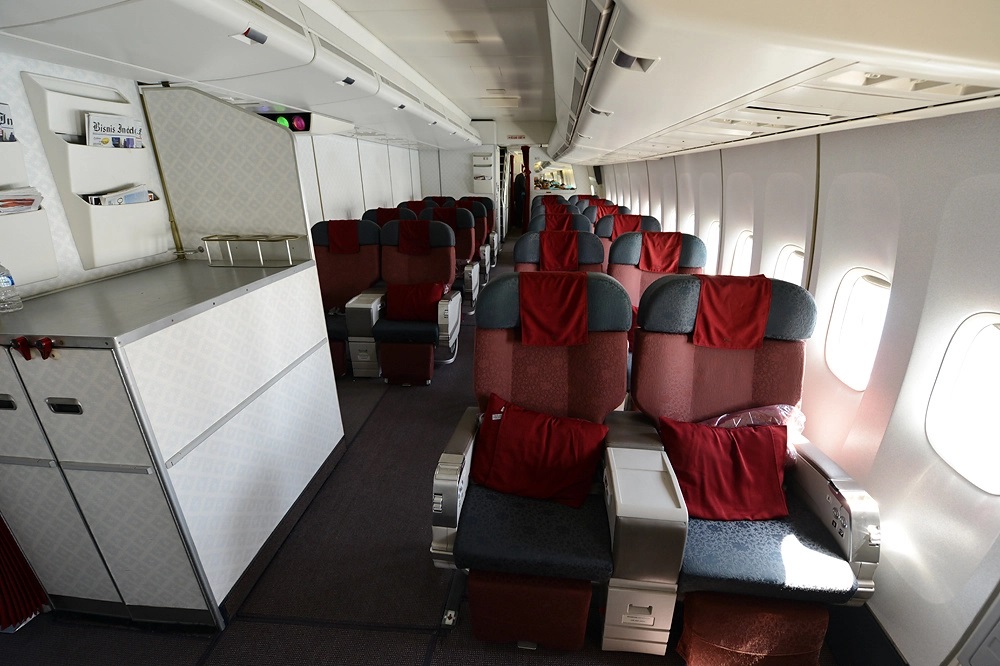



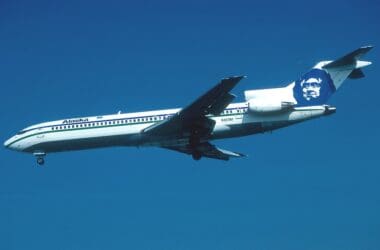
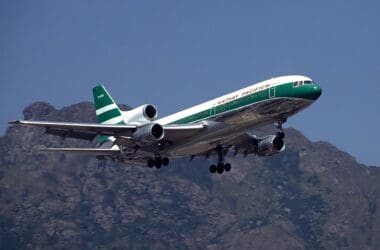
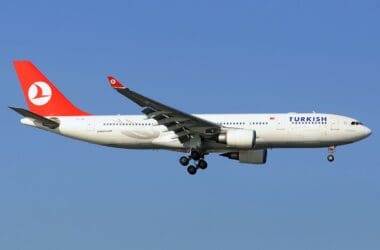
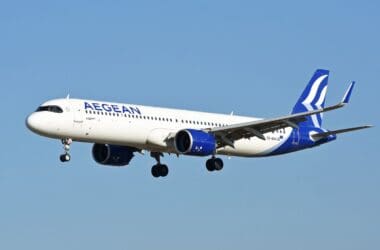

There is a KLM 747-200 Combi preserved in the Aviodrome museum in Lelystad, the Netherlands, in this specific configuration. The galley is open to the public.
That’s pretty cool information – nice to know at least one is preserved somewhere. I wasn’t aware that was there, so I’ll have to have a look next time in NL. Thanks for that!
You have to remember on the 747SP, the wing root extended under door 2. The jet bridge could NEVER be brought up to door 2L. It had to go only to Door 1L. The same applied for the right side. Catering trucks around the engines have always been problematic. The F and J cabin split at Door 1. So half the longitudinal galley served F and the other half was Business galley. The entire galley was catered via Door 1R. The added bonus was catering could occur during passenger boarding because the caterers never had to cross an active passenger aisle to a galley located in the middle (between two aisles)
That’s a very good point, I hadn’t thought of that! That is quite logical as to why the galley was positioned like that perhaps. Thanks for the comment!
I was well aware of these configs, and looking back….how awful. I’m sorry, but the crew do not need windows! They have everyone’s windows as they work the cabin.
Passengers need these windows, so having a wall must have been awful (although helpful for sleeping, it’s still a no. A FC seat – or biz class in later years, even worse.
I believe UA reconfigured the 747sp.
Quite true, I guess, re the windows. I do notice there is a handrail along the windows in the galley, which would have been something I’d lean on if it were the correct height to do that.
United always had the longitudinal galley on the 747SP. The last seat map I can find is dated 1994 and that is the year UA retired them, from what I can see. I imagine it would have cost too much to make such a major change on a niche aircraft that was replaced by the Boeing 747-400 at United.